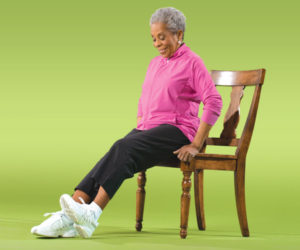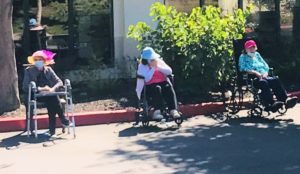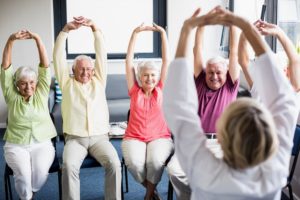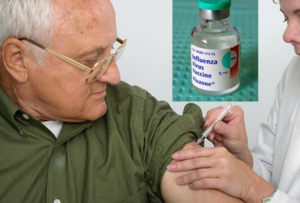
by Ramsey Alwin President and CEO of NCOA
It’s 2020, but a woman’s path to a secure retirement continues to be filled with obstacles.
There’s lower pay, time out of the workforce for parenting or caregiving, and plenty of gamechangers such as divorce or widowhood. Layer on the coronavirus pandemic, and planning for the future feels next to impossible, especially for women of color.
The systems are stacked up against us, and sometimes we don’t help ourselves. All too often, women put everyone else first. They set up 529 plans to save for the kids’ education, help adult children with their first home purchase, and lend a hand when mom and dad need home care.
As generous and giving as this is, putting everyone else first comes at the cost of putting herself last. As a result, many women are just getting by, unable to plan for their own long-term financial security.
Even in a pre-COVID world, women were worried about retirement. Last year, NCOA conducted a survey with Ipsos that found 60% of women aged 60+ were worried that health care costs will exceed their retirement income. That percentage jumped to 68% in households with incomes under $50,000 a year.
This issue is literally keeping women up at night. And it’s based in reality. Older women receive 80% of the retirement income that older men receive, showing the gender pay gap follows them as they age, according to the National Institute on Retirement Security. Women of color face an even deeper disparity. A full 60% of African American and Hispanic/Latina women age into economic insecurity.
According to a new report from the Transamerica Center for Retirement Studies, one and four women say their confidence in their ability to retire comfortably has declined in light of the pandemic. Women are somewhat more likely to indicate they are “just getting by to cover basic living expenses” (33% women vs. 28% men). And only 40% of women cite saving for retirement as a financial priority, compared to 51% of men.
At NCOA, we believe it lies in empowering women with unbiased information, creating services that are responsive to women’s needs across the life course.
First is providing individuals with trusted information about how to plan for their own futures—whether that’s creating a budget, reducing debt, developing a retirement strategy, or navigating Medicare enrollment to maximize coverage. It also means encouraging open conversations and planning for the inevitable—that at some point, women are likely to be on their own carrying the full burden of household expenses on just one income stream.
Financial services and employers could work to better understand the needs and pain points of women, many of whom are juggling multiple needs. For instance, a woman may want to shore up her own financial security, maintain a nest egg to weather unexpected events, create a guaranteed income stream she won’t outlive, not be a burden to her children, and leave behind a legacy.
Let’s connect women to resources in their communities. There is an entire network available to help women age well and tap into programs that can make a significant impact on their daily expenses and health security. NCOA offers this kind of personalized help through our Benefits Enrollment Centers, as well as online through our tools such as My Medicare Matters, which helps women make informed decisions about their health security in later life.
Finally, we need to fight for equity at the public policy level. We need to shore up public and private sector policies that keep women coming up short—pay equity, caregiving credit, and paid leave would be a start. We also must work together to protect and strengthen the programs that we all depend on as we age—Medicare, Social Security, and the Older Americans Act. These programs are especially critical for women.





